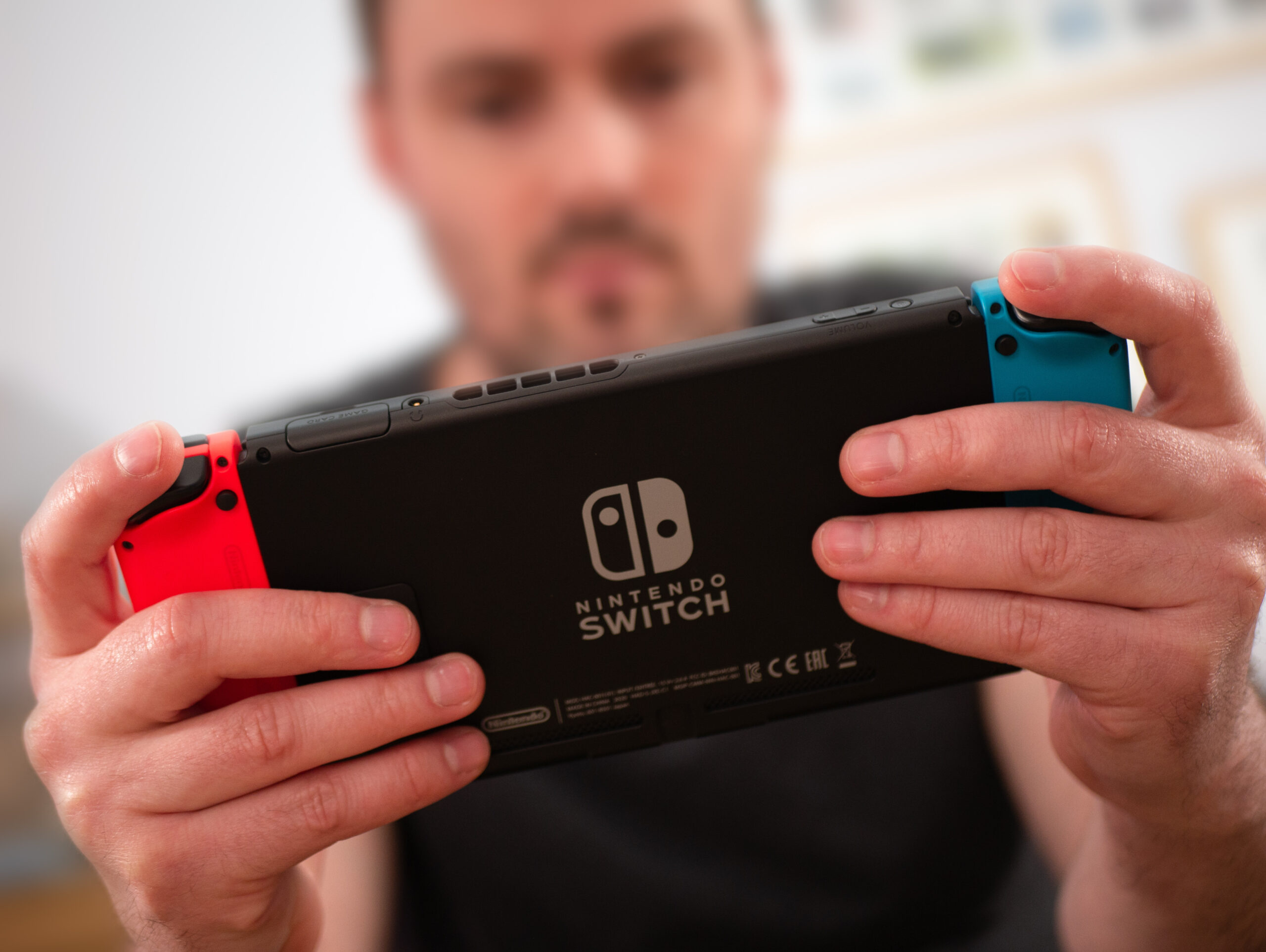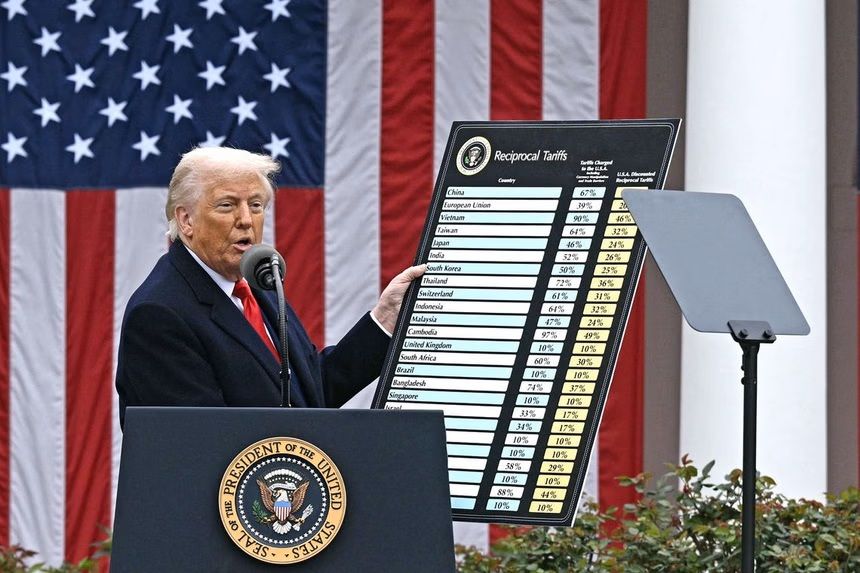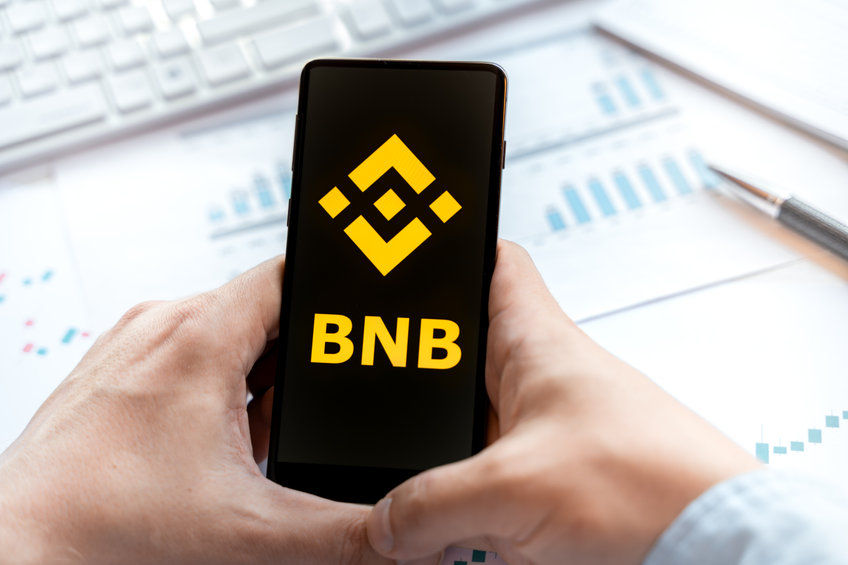Nintendo Switch 2 launches June 5 at $449.99 as gaming shifts to the cloud

Nintendo is set to release its next-generation console, the Switch 2, on June 5 for $449.99.
This launch comes as the broader gaming industry moves away from dedicated consoles and towards cloud-based services and mobile-first gaming.
Despite this shift, Nintendo continues to prioritise hardware releases that rely on proprietary gaming ecosystems.
With 150 million units of the original Switch sold since 2017, the company is now introducing upgraded specifications, an expanded game library, and a new social interface, all while facing heightened competition from non-traditional gaming platforms.
Hardware upgrades and specs
The Switch 2 will feature a 7.9-inch 1080p screen capable of 120 frames per second and support 4K output on televisions. Its internal storage has been expanded to 256 GB.
The device remains hybrid—functioning both as a handheld and as a docked console for TV play—and is backward-compatible with existing Nintendo Switch titles. New games like Mario Kart World and Street Fighter 6 will debut alongside the console.
Joy-Con controllers have been updated to magnetically attach to the screen and offer mouse-like functionality when placed on a table.
A new “C” button launches the Game Chat app, allowing players to communicate via an upgraded microphone.
The Switch 2 also includes a camera accessory for users to live-stream gameplay.
Multiplayer and game library
Nintendo has increased multiplayer capacities to align with new game experiences. For instance, Mario Kart World will support up to 24 players racing simultaneously, enabled by faster hardware and improved internet connectivity.
This offers expanded opportunities for developers to build large-scale, community-based experiences.
Game studios remain focused on Nintendo platforms due to their install base and exclusive IPs.
Over 1.4 billion games and apps have been sold on the original Switch.
With the introduction of Switch 2, developers can now target both existing and new audiences, particularly with the promise of better performance and larger virtual environments.
Console sales fall industry-wide
The Switch 2 is being introduced at a time when sales of home consoles are declining. Sony’s PlayStation 5 has sold fewer units than its predecessor in a similar post-launch period.
Microsoft’s Xbox Series X/S has also underperformed, prompting the company to push Xbox titles across multiple devices, including smart TVs, VR headsets, and mobile platforms.
Cloud gaming services from firms like Nvidia, Microsoft, Amazon, and Google are growing in prominence. These allow gamers to access high-performance computing power remotely via browsers, turning gaming into a subscription-based service.
Despite heavy investment, many of these services have struggled to gain a commercial foothold. Google shut down its cloud gaming service in 2023, signaling challenges in user adoption.
Nintendo focuses on hybrid and IP
Nintendo’s strategy remains centred around hardware tied to exclusive franchises like Mario, Zelda, and Pokemon. The company continues to lean into colorful, cartoon-style graphics rather than photorealistic visuals that require advanced hardware.
The Switch 2 does bring improvements like 4K resolution, but the company appears committed to its long-standing identity over chasing technical parity with competitors.
Nintendo’s franchises are also expanding into other media. The Super Mario Bros. Movie was released in 2023, and a Legend of Zelda film is scheduled for 2027.
The company continues to explore interactive accessories like Nintendo Labo, which turned the first Switch into a virtual reality tool using cardboard builds.
The company’s resistance to full-scale mobile migration stands out, especially as Apple and Google increase their dominance over mobile app distribution. Though Nintendo has experimented with mobile titles, its major releases remain console-exclusive.
Nintendo’s stock has risen nearly 28% year-to-date on the Tokyo Stock Exchange, driven by anticipation around the Switch 2.
In its fiscal year ending May 2024, the company reported revenue of 1.67 trillion yen ($11 billion), underscoring the strength of its integrated hardware-software model.
As the Switch 2 prepares to hit the market, Nintendo’s ability to maintain relevance through proprietary content, hybrid console design, and cross-media strategies sets it apart in a gaming landscape increasingly dominated by cloud infrastructure and mobile ecosystems.
The post Nintendo Switch 2 launches June 5 at $449.99 as gaming shifts to the cloud appeared first on Invezz



